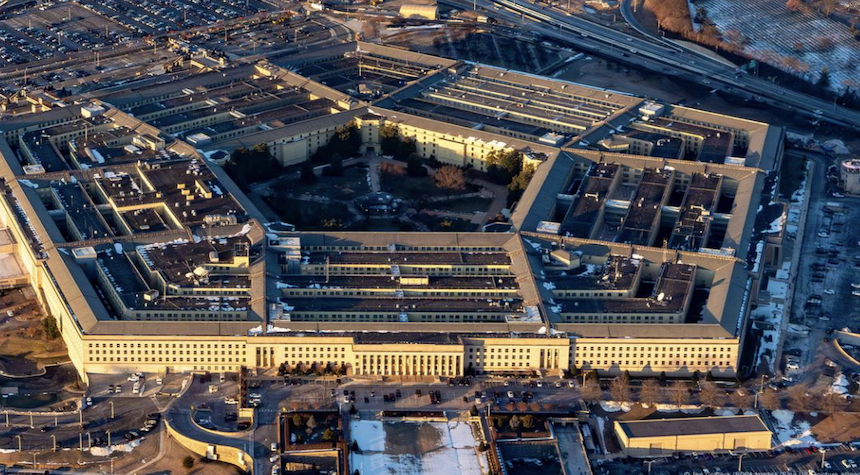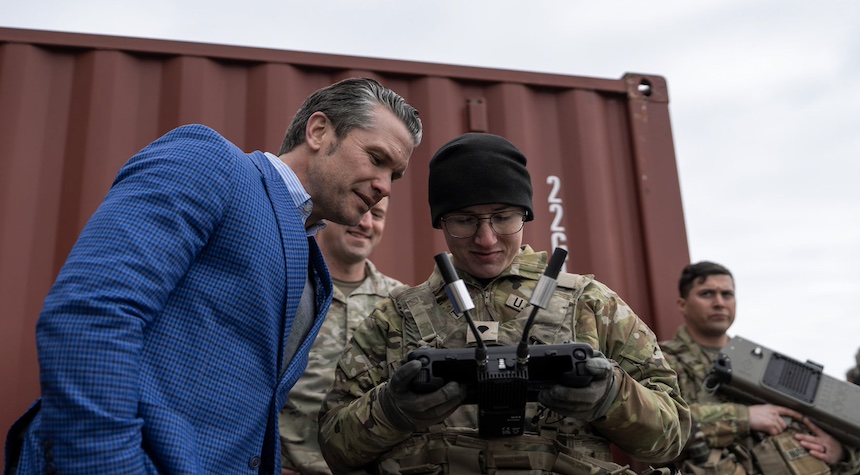The United States Department of Defense has today unveiled a significant shift in its approach to unmanned aerial vehicles, commonly known as drones. Defense Secretary Pete Hegseth has announced a comprehensive directive aimed at dramatically increasing the military’s drone capabilities.
The new policy will focus on three key areas: expanding American drone manufacturing, equipping combat units with a variety of domestically produced drones, and revising training protocols to better reflect potential combat scenarios.
Secretary Hegseth cited concerns that adversaries such as Russia and China have outpaced the United States in drone production and deployment. He emphasized the need to overcome what he termed “bureaucratic risk-aversion” in budgeting, weaponry development, and training exercises.

The directive will grant military commanders increased autonomy in procuring and testing drone technology. This represents a significant departure from previous policies, which Hegseth characterized as restrictive and stifling to innovation.
The Defense Secretary has instructed the military to reclassify small drones as “consumable assets,” a move that could accelerate their integration into combat operations. Furthermore, each branch of the armed forces has been directed to establish specialized drone units by September, with initial systems expected to be deployed to the U.S. Indo-Pacific Command by 2026.

This raises important questions about the future of warfare and the United States’ strategic positioning. The evidence suggests that drone technology has played a crucial role in recent conflicts, with Hegseth noting its impact on casualties in Ukraine.
As we consider the implications of this policy shift, it is clear that the Pentagon views drone capabilities as essential to maintaining military superiority. However, the effectiveness and consequences of this new approach remain to be seen.

